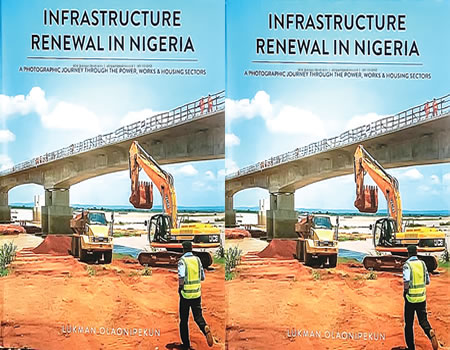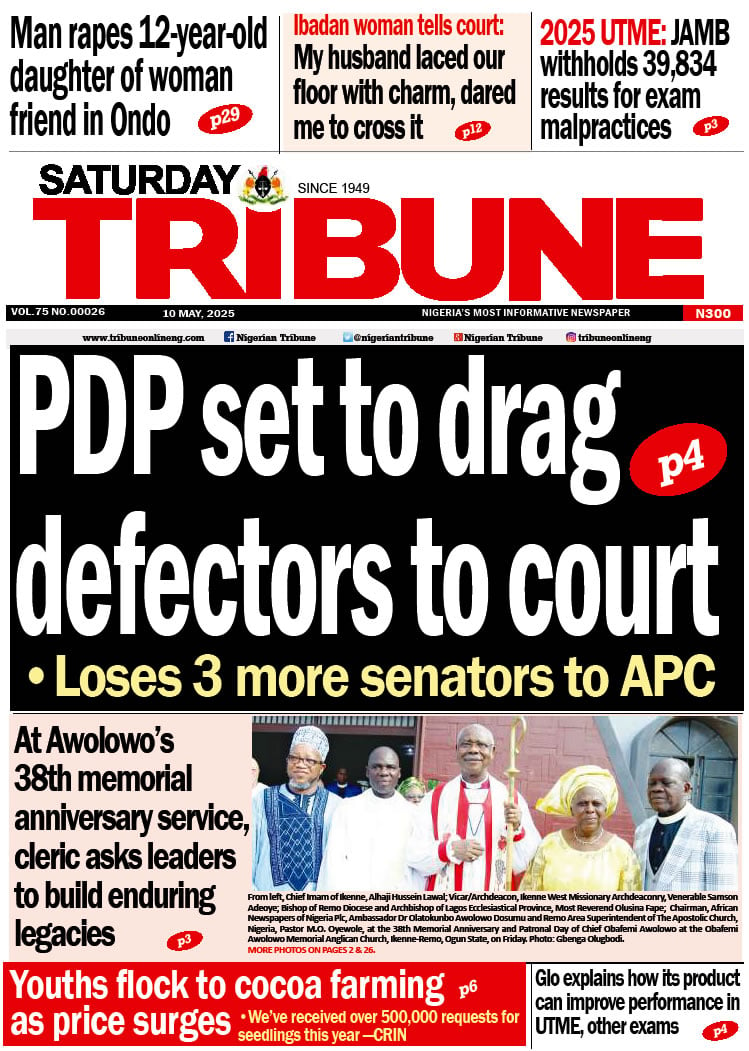As a personal photographer to the then Governor Babatunde Fashola of Lagos State, Lukman Olaonipekun, popularly known as Lukesh, published two photography books, ‘BRF: A Story in Photographs’ and ‘The Fashola Years’ about the Centre of Excellence and the efforts of his principal to improve it.
So, still very aware that photographs are the memories of a people and events, the photographer has, again, captured the history of a vital aspect of governance in Nigeria. Having moved on with Fashola as his personal photographer to the Ministry of Power, Works and Housing, Lukesh has released a compendium of photographs taken in the last three and half years when he followed activities in the three vital sectors merged into one by the Muhammadu Buhari administration.
In the book entitled ‘Infrastructure Renewal in Nigeria: A Photographic Journey through the Power, Works and Housing Sectors’, Olaonipekun seeks to put in perspective the ground covered in the three key areas.
“This book is for historical purposes, for proper documentation of the three sectors I covered. These are visual documents that will keep a permanent record of the ongoing projects in the bold move to effect change in the Power, Works and Housing sectors in Nigeria. I believe that, in the future, these images will form a major part of the canon for this period in the country’s history,” he explains why he embarked on the project.
Fittingly, the 334 page-book is divided into three major sections: ‘Power, ‘Works and ‘Housing’ sectors with photos taken from sites across the country. The section on power begins with a photograph that will excite many Nigerians: an electricity officer installing a meter. This is one product that many Nigerians are yearning for, especially as they are tired of being cheated via estimated bills. Then we have other images featuring various workers – including engineers and artisans at construction sites.
There are also those of other ones in Abuja, Kowa, Gombe, Benin, Edo State, Ibusa, Delta State; Ajaokuta, Kogi State; and Miango, Plateau State. There are also those featuring Fashola and other officials inspecting sites or inaugurating projects.
The photos in the ‘Works Sector’ are also about sites and statistics. And this is one of the strengths of Olaonipekun’s book: it accommodates some data that seemed to have influenced the direction of work in the ministry. For instance, it notes about the distribution of roads among the three tiers of government in Nigeria, “Statistically, of about 200,000 kilometres of Nigeria’s road network, state government own 18 per cent, local governments, 66 per cent; Federal Government, 16 per cent. This means the Federal Government is responsible for 36,000 kilometres of roads. However, the FG roads carry an estimated 70 % of Nigeria’s road traffic because of their lengths, width and inter-state connectivity.”
The Works Sector photos open with the site of the somewhat notorious Lagos-Ibadan Expressway, with those of Aba-Port Harcourt Road, Kaduna Eastern Bypass, 2nd Niger Bridge, and Nnewi-Duma-Uburu Road in Ebonyi among others soon following. A similar spread is presented in the ‘Housing Sector’ part of the book.
But as much as Olaonipekun’s book is about the documentation of democracy dividends, it is also about celebrating the energy of the Nigerian people because the disposition of typical Nigeria is real in most of the images. Besides, ‘Infrastructural Renewal in Nigeria’ can pass for a book of infrastructural tourism showing people, places and the richness of the cultural and geographical spread on Nigeria.
No wonder, in the book’s foreword, a former Head of State, General Yakubu Gowon, salutes both Fashola and the photographer. He said although a lot still needs to be done, Fashola deployed zeal and commitment that brought favourable results.
He adds of the author: “Since seeing is believing in this highly sceptical world and Nigeria is no exception, this photo book attempts to capture the strides of Fashola in a professional manner that aptly reinforces the saying that a picture is better than several thousands of words.”





